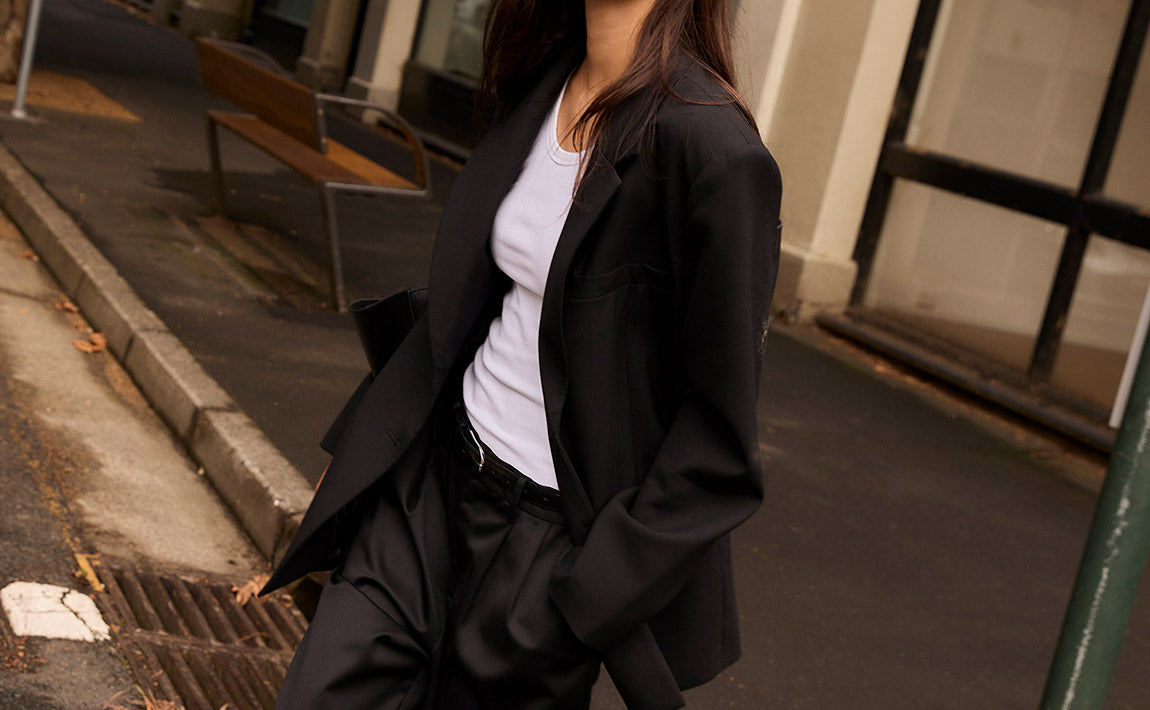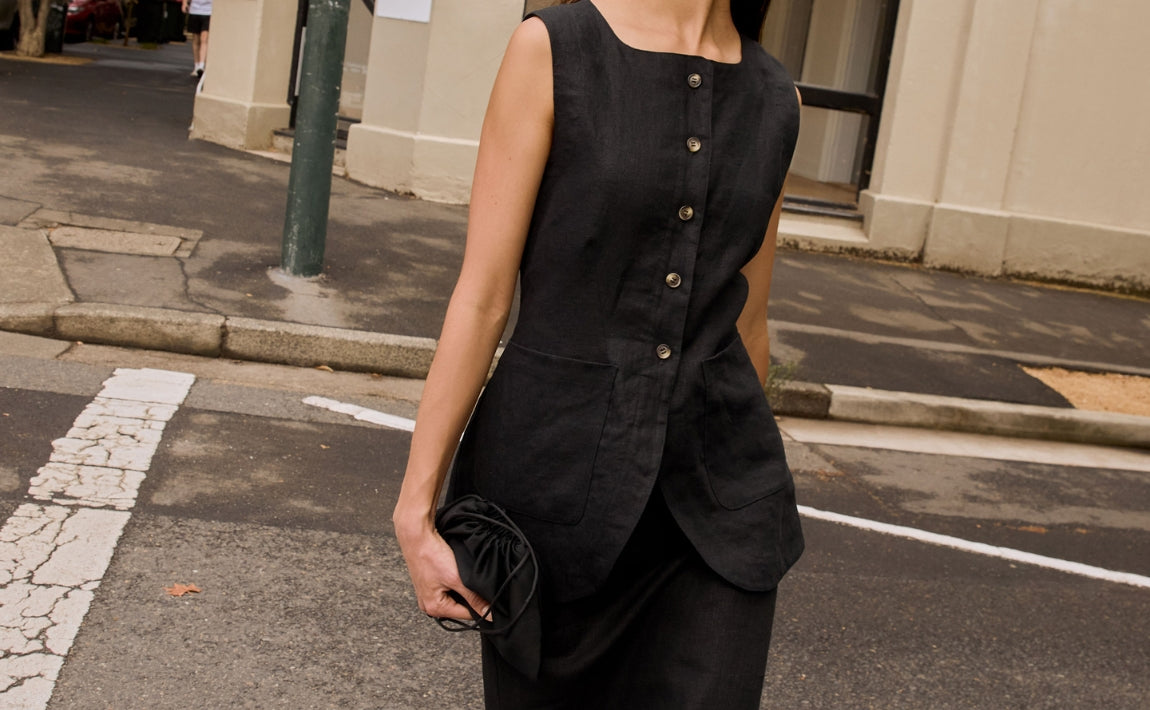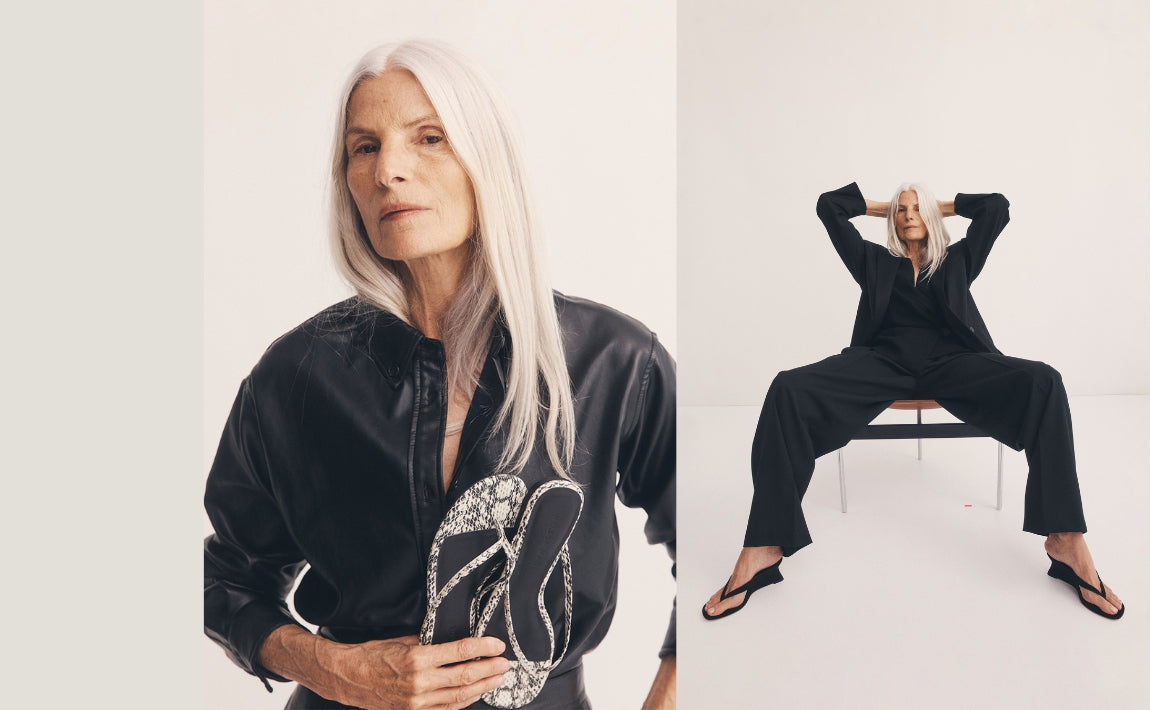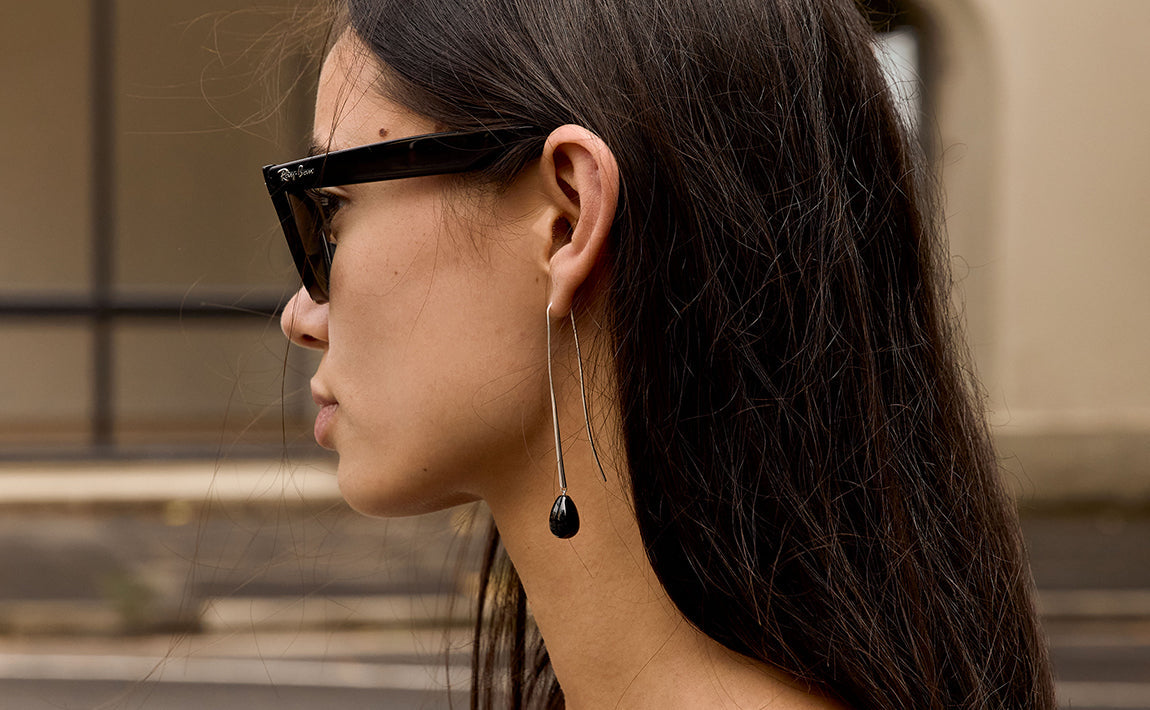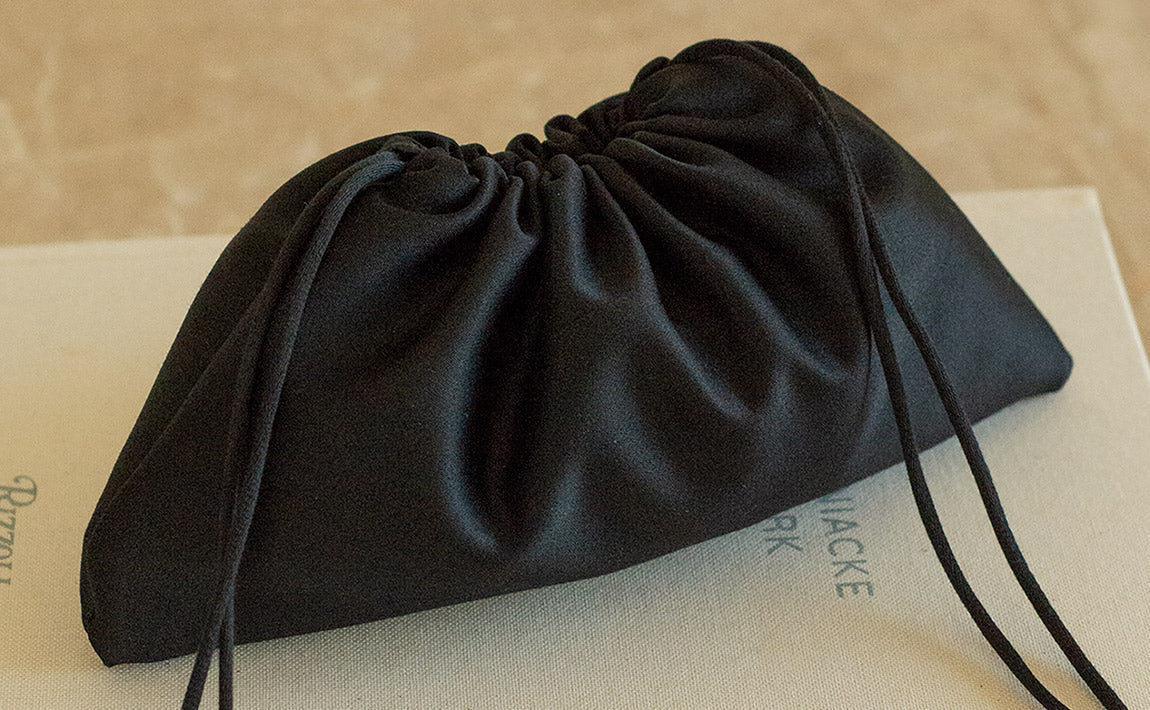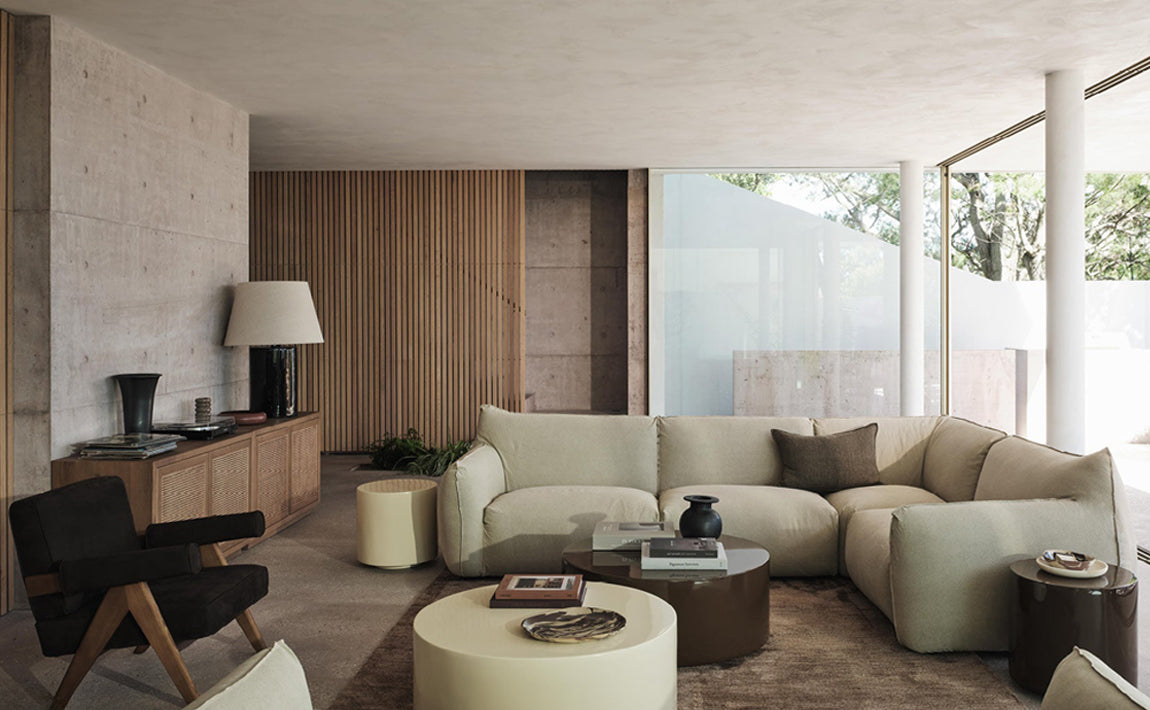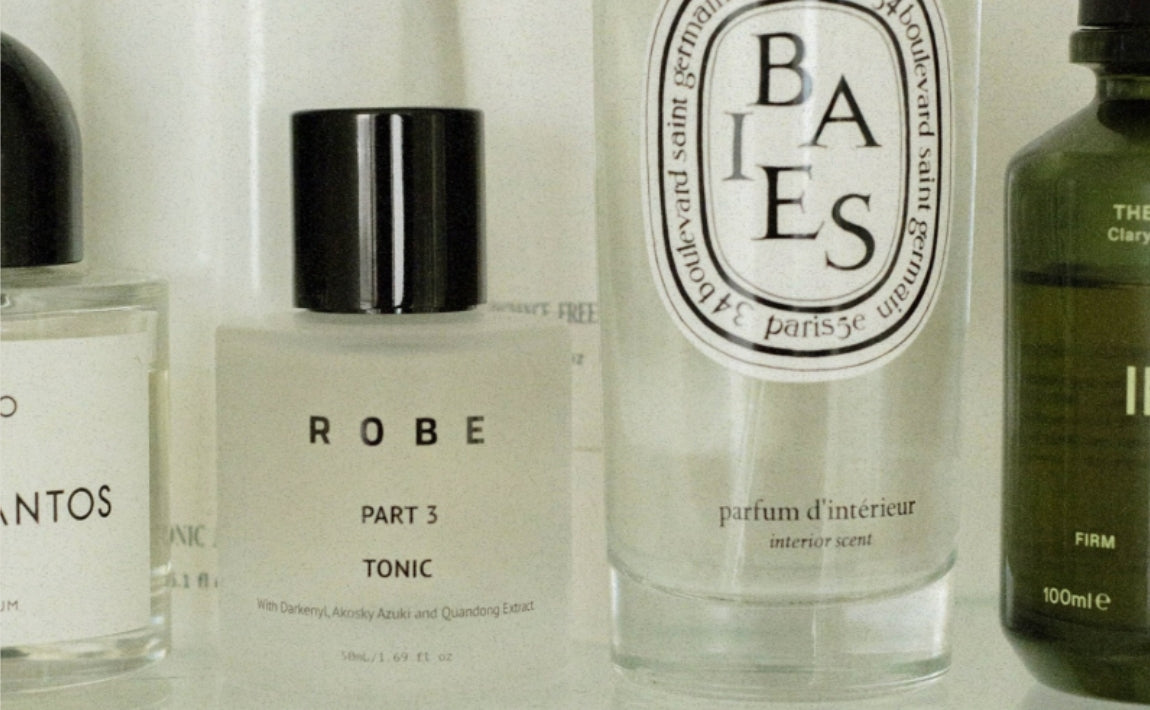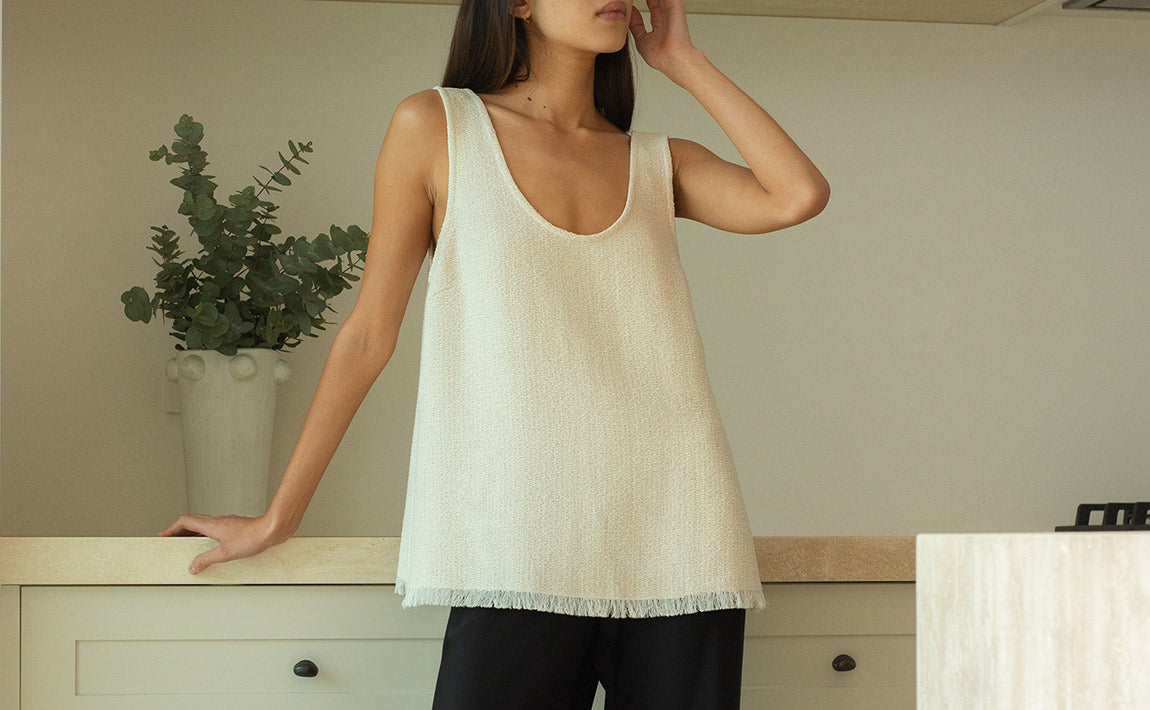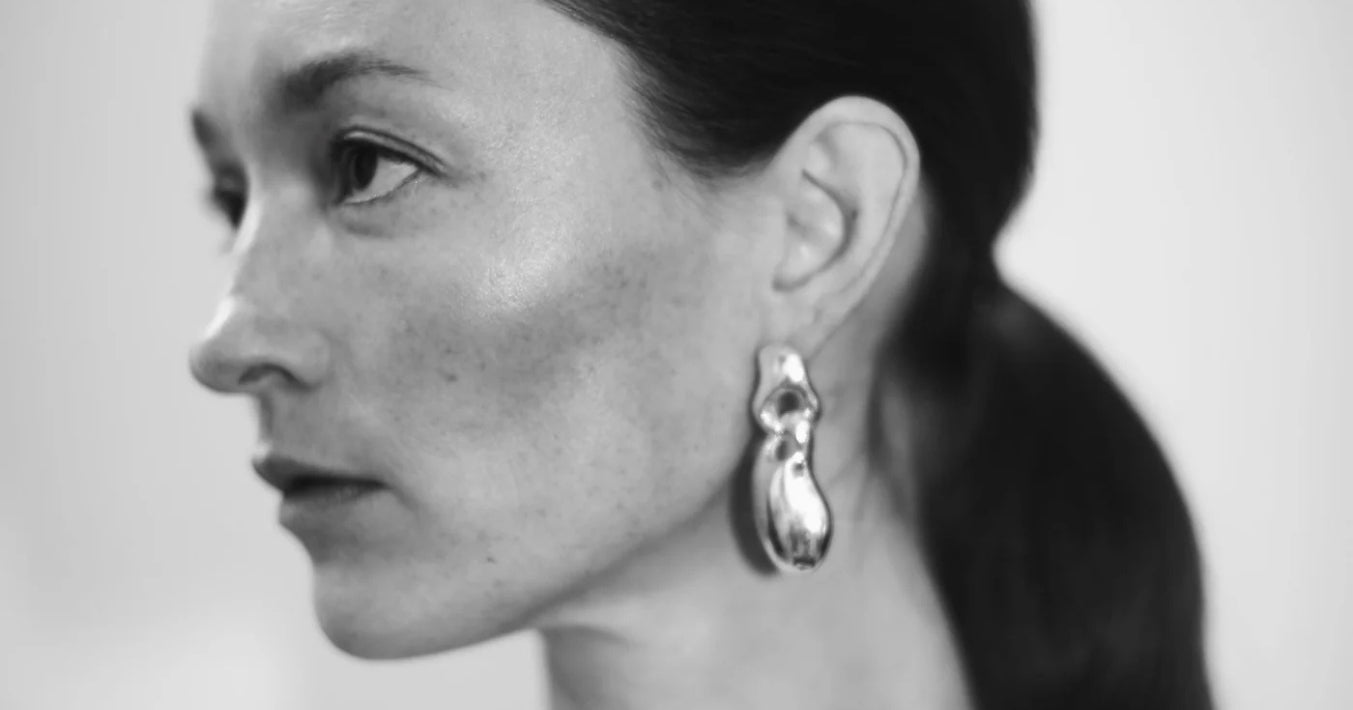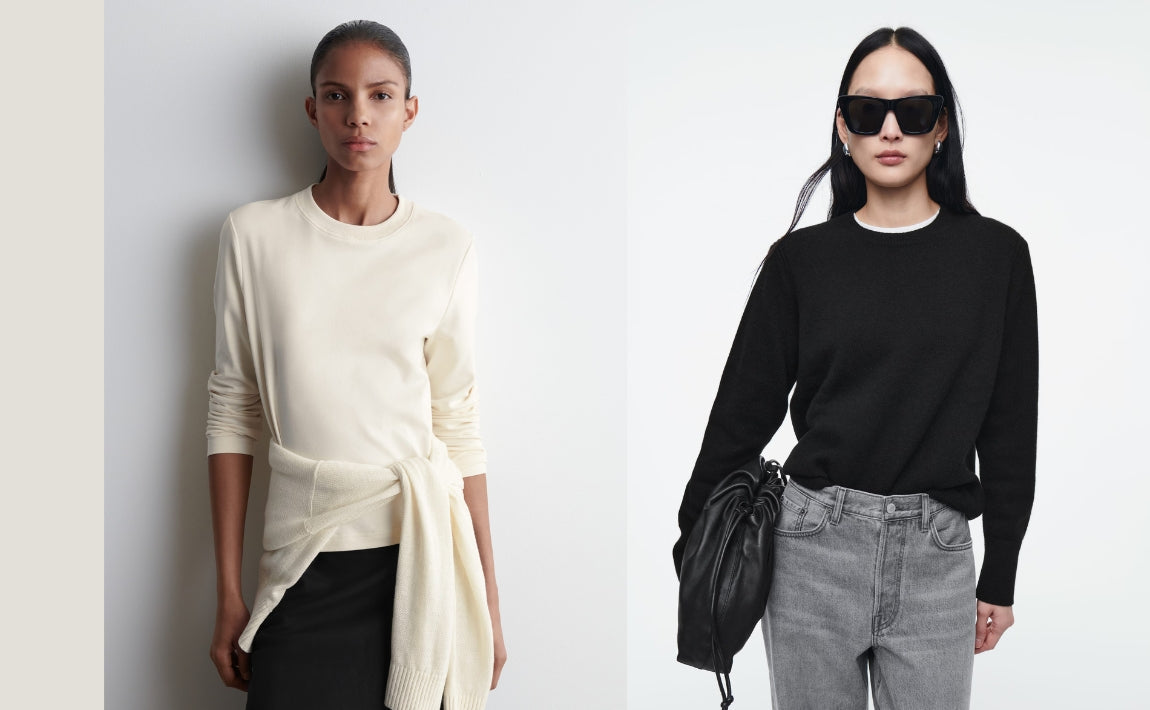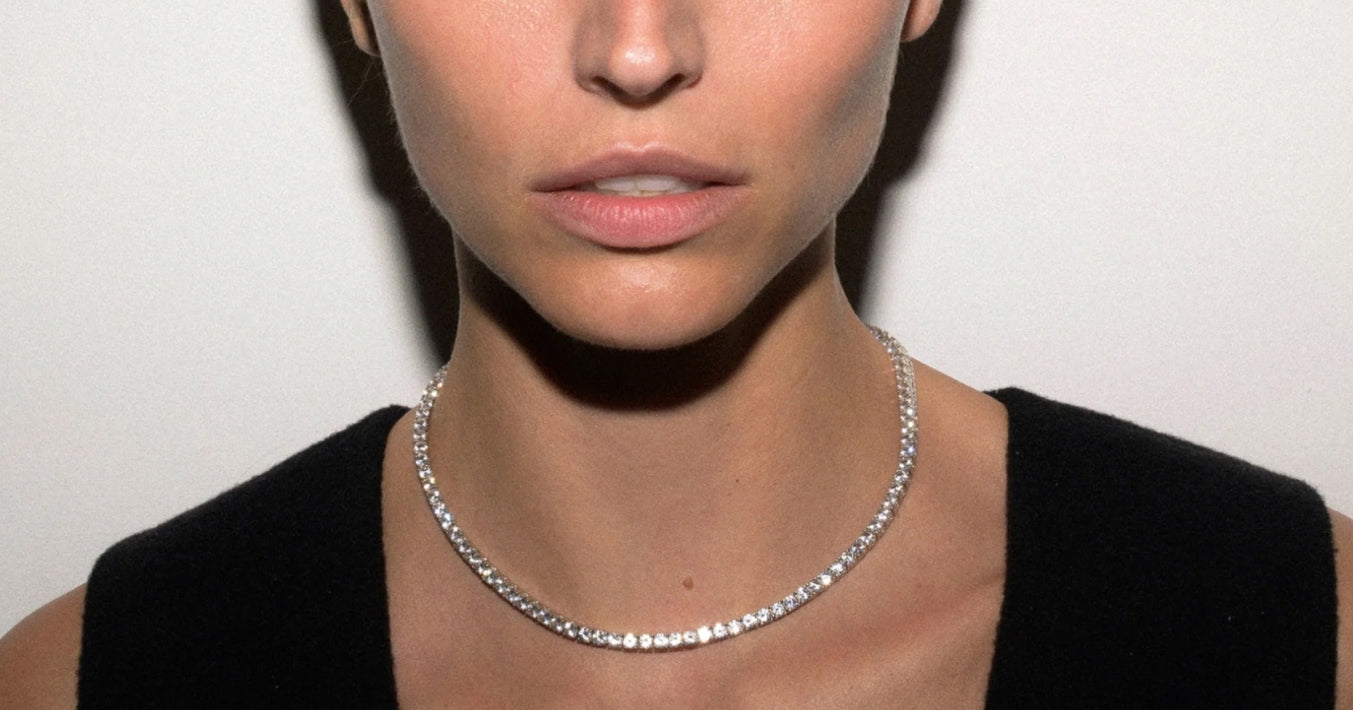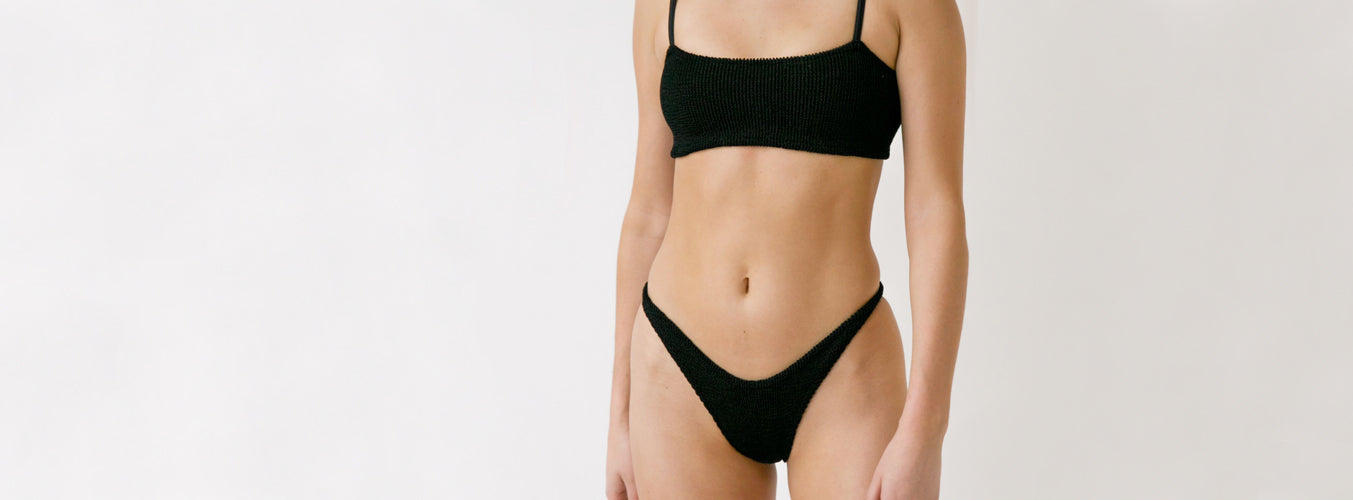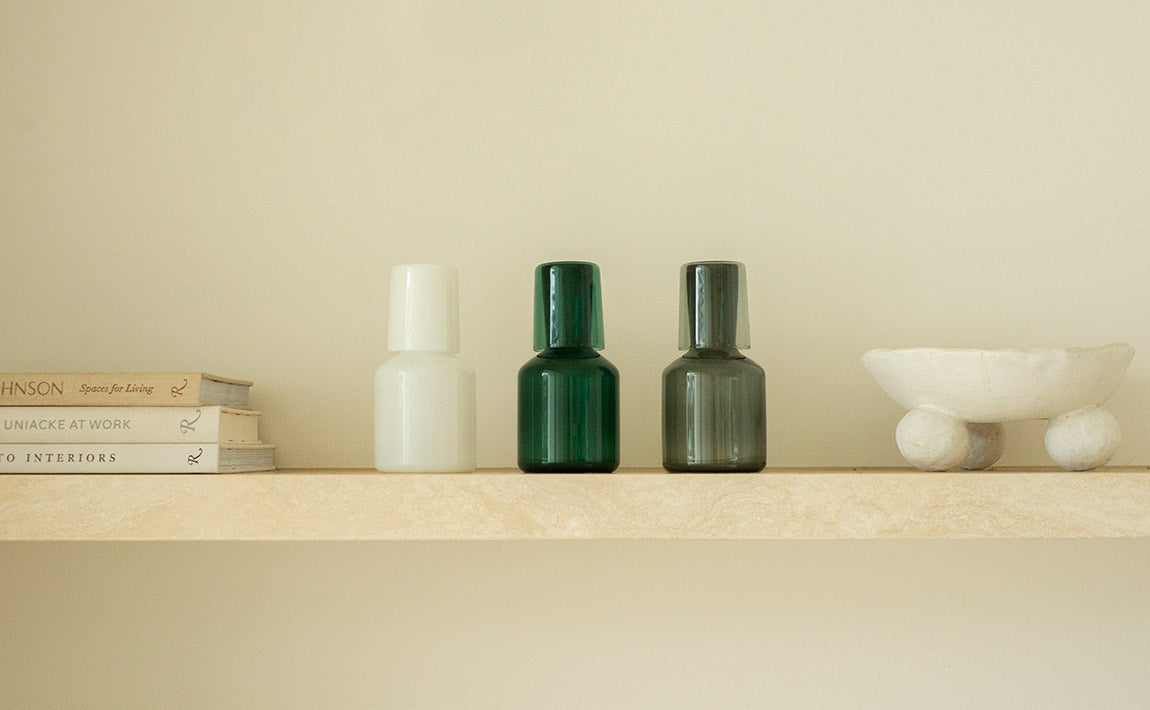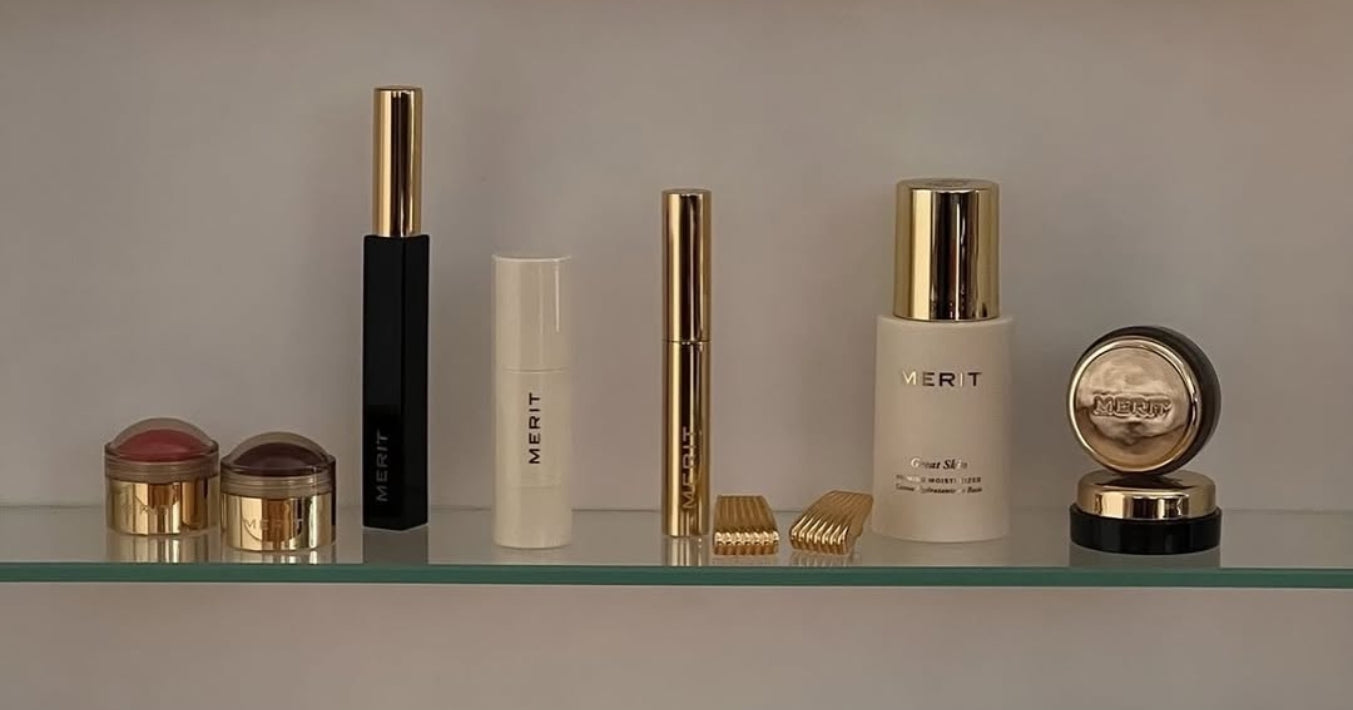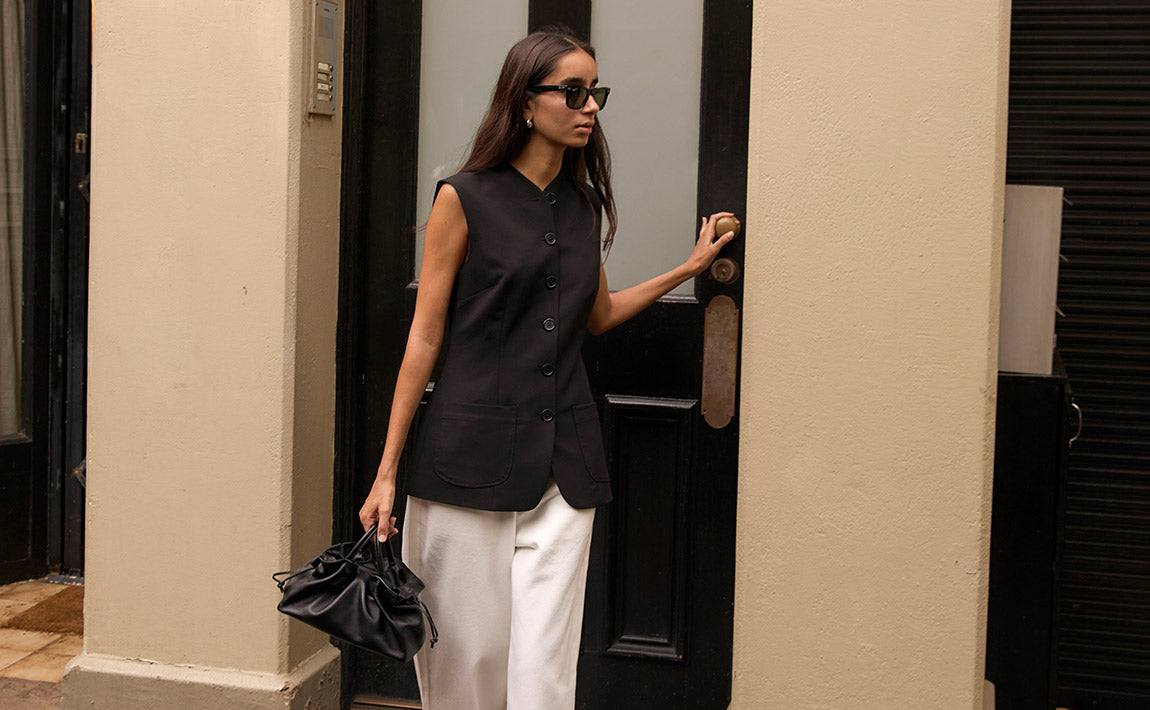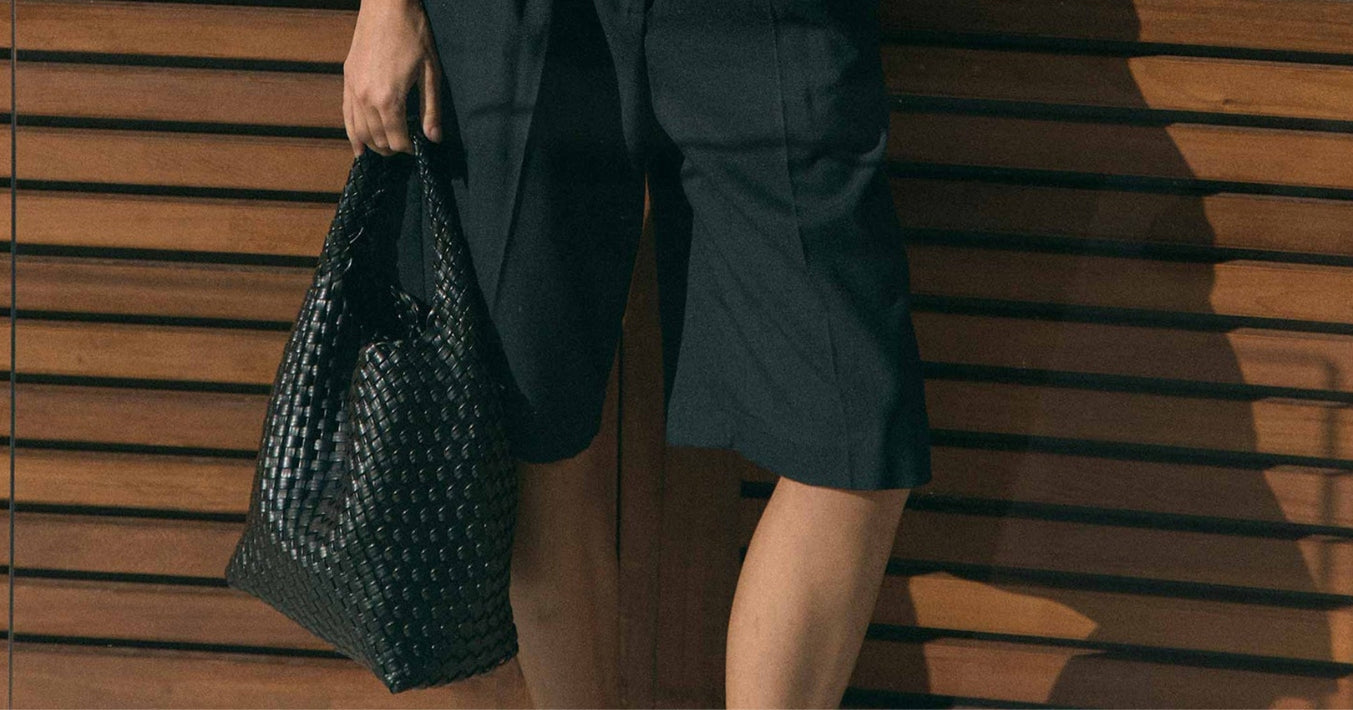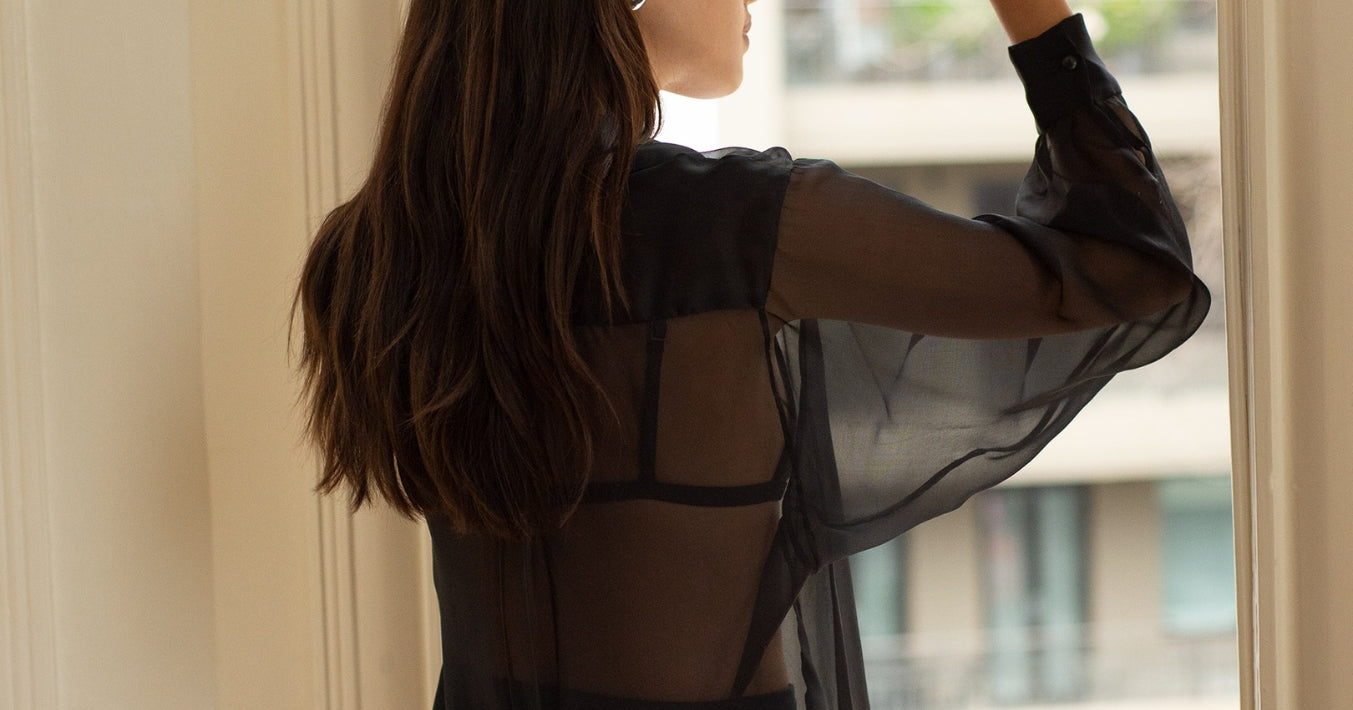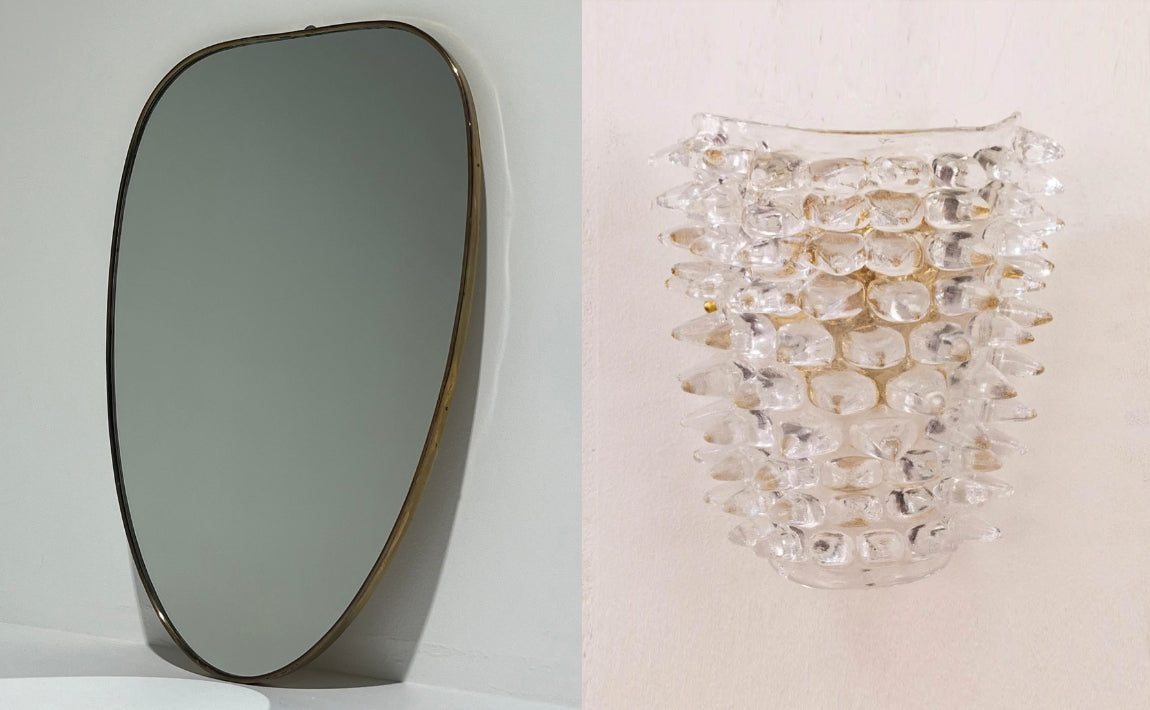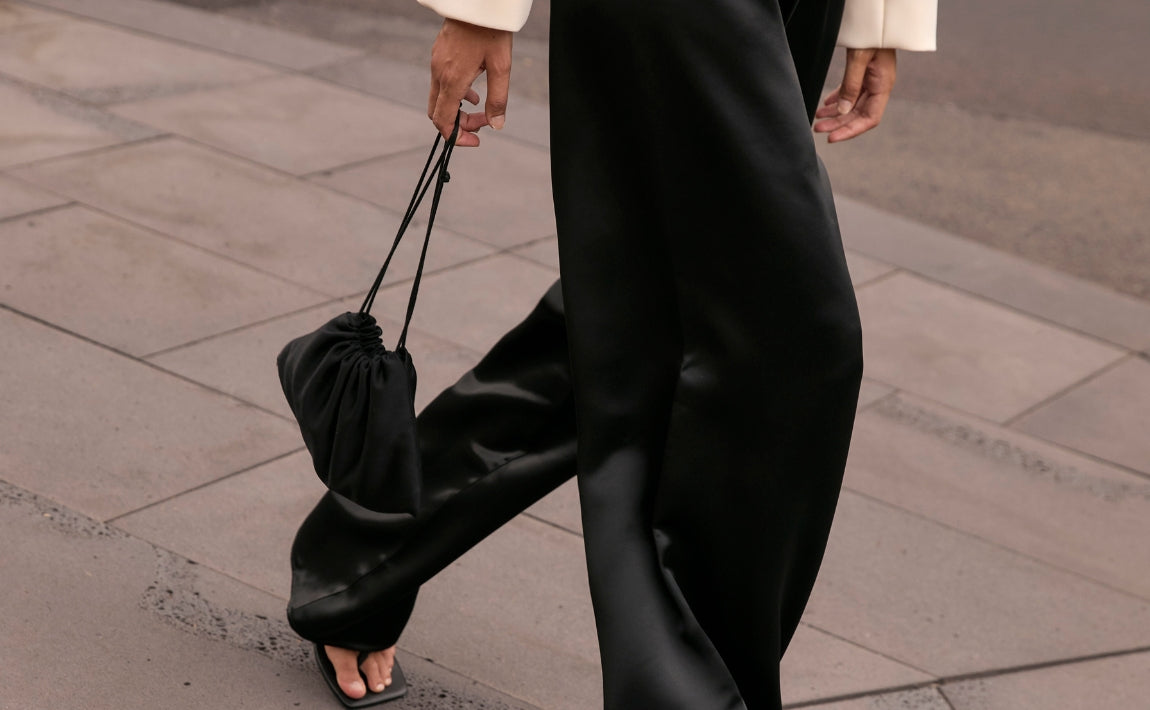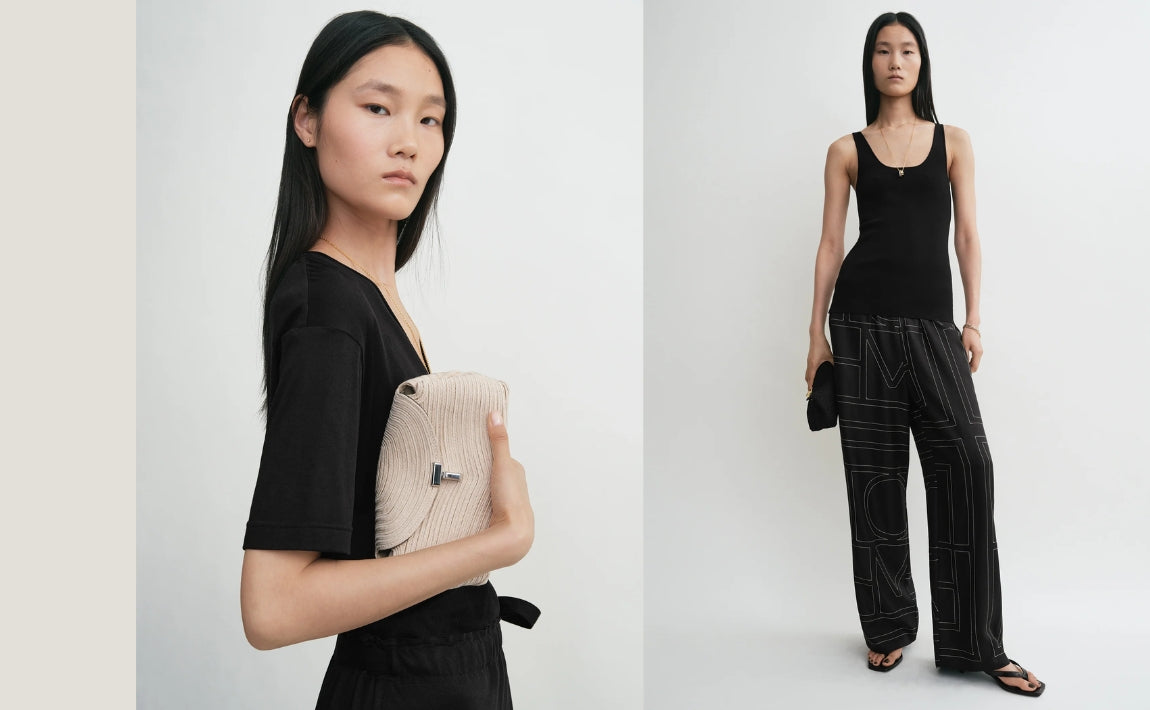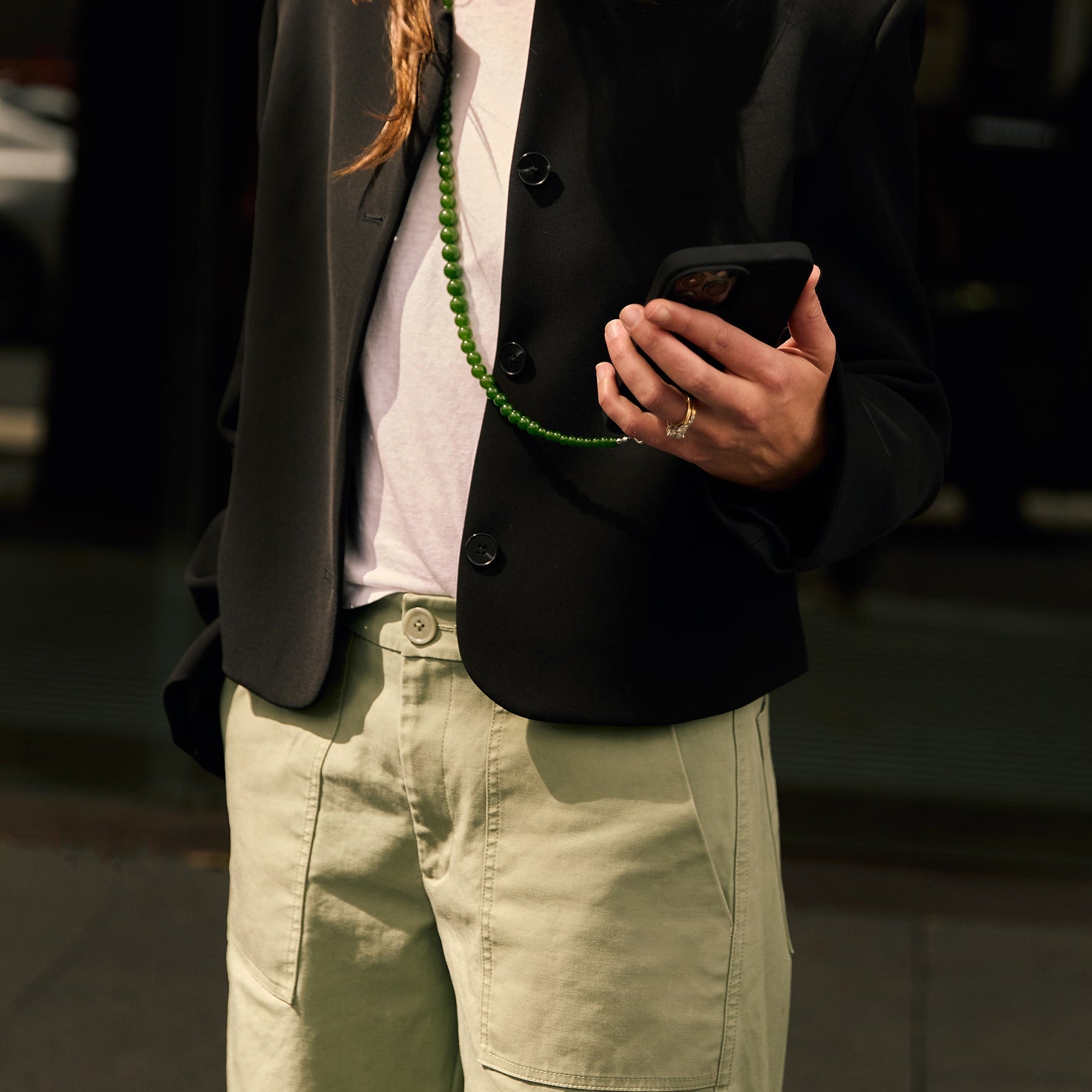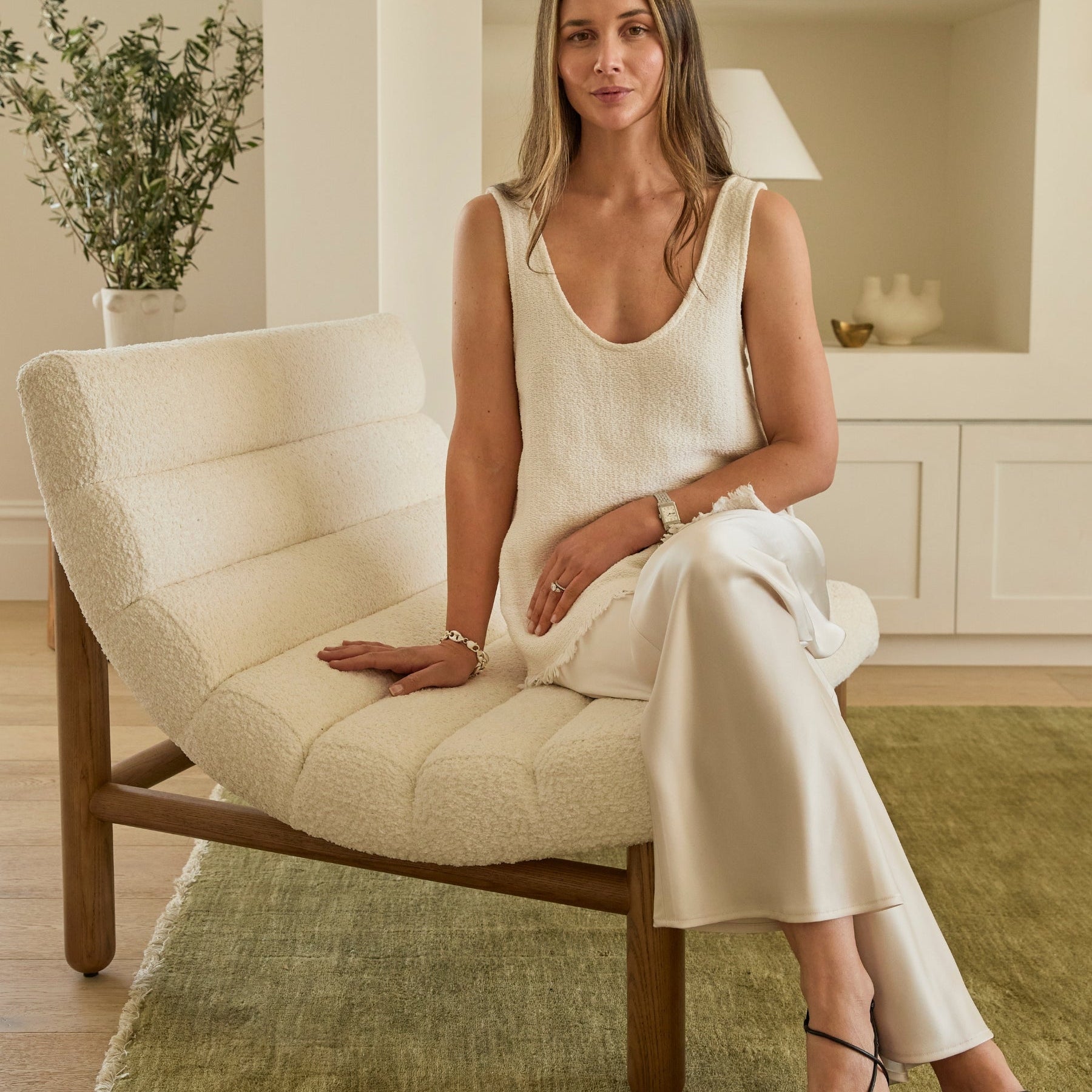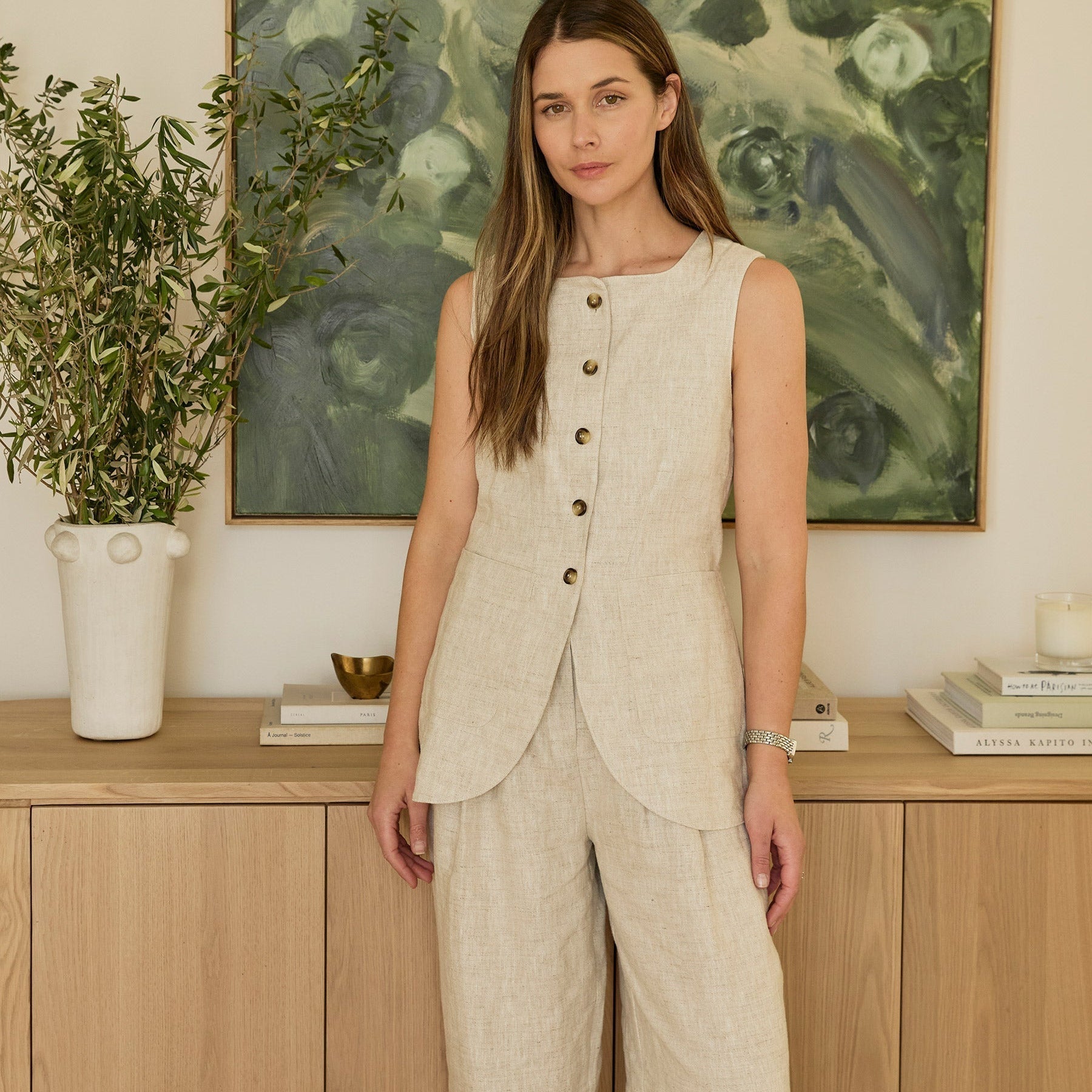Meet our Contributor: Lauren Trend
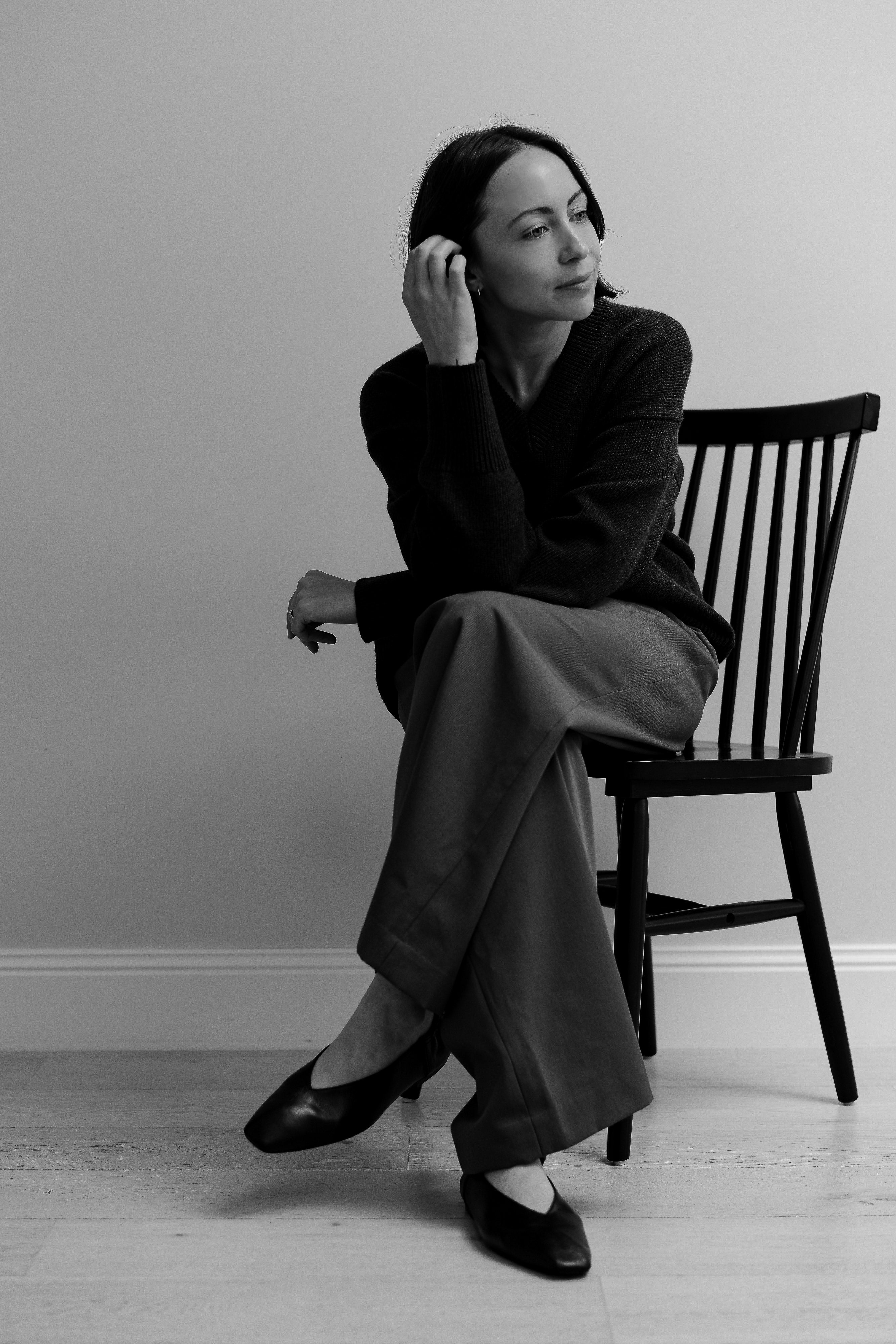
We're excited to welcome Lauren Trend, founder of Self Practice, as a theUNDONE contributor in 2024. As a long time appreciator of the generous work that Lauren provides in the wellness space alongside her sharp creative eye and personal style, we're turning our DMs into a shared space so we can all get to know her a little bit more.
We'll also be hearing more from Lauren in the coming months with essay like articles, personal edits and her insights alongside others into the business of fashion, wellness, design and much more.
We hope you enjoy this new format! Let's get to know, Lauren Trend.
Tell us a bit about yourself! Where did you grow up, what did you study, and what life experiences — both professional and personal — do you think have made the biggest impact on where you are today?
I grew up on the Mornington Peninsula, an hour or so out of Melbourne's CBD. Mum still lives on the acreage I grew up on. I spent lots of my early childhood riding horses and galavanting around, convincing everyone around me that I’d be a career ballerina. Dad’s house was a little closer towards the beach. I have two younger siblings and three older step siblings so there was always an abundance of company. While I had a very privileged upbringing in many ways, it was not without its hardships. My younger brother became incredibly ill when we were children, which forced us to grow up a lot sooner than we perhaps would have in an ideal world.
To process everything that was going on, I began to turn to the arts. My earliest memories are of rummaging through pages of magazines and sticking them up on my wall. Begging my parents to buy me gouache sets and canvases so that I could paint when I wasn’t at dance class. Creativity has always been an incredible pull in my life. It wasn't until I received an arts bursary in early high school that I considered pursuing some form of creativity as a career. Looking back, it’s really funny how a moment of praise, or marker of achievement can be a catalyst for an entire chasm of learning.
It all led me to studying Design at RMIT. The fashion course has long been notoriously selective and I was given my place having written an essay about a dress, because I had no idea how to draw, let alone sew. I convinced myself that I had lots of catching up to do, and it led me to working harder and longer and more eagerly than anyone I kept the company of. I’ve always been a little obsessive with and about work, in a way. I think that drive and work ethic has been the through line of every project and professional endeavour I’ve taken on to this day. I think it stems from needing to prove something, or perhaps growing up wishing I was seen, a little more than I felt like I was.
You launched Self Practice in late 2018 as a personal enquiry into what it means to be creatively, emotionally, physically and intellectually “well”. Firstly, can you expand on what this means, what led you to this moment of self exploration and why do you think this exploration should be taken up by others as part of our everyday wellness outlook?
After soon realising a career in fashion wasn’t really for me, I was working in the interior design industry, and at the time, my life felt incredibly out of balance. I had a health scare at the beginning of that year, which led to me taking a really long and hard look at where I was spending my time and energy and reevaluating what I was prioritising.
I began to reshuffle and rework many corners of my life in an attempt to feel less out of kilter. This was perhaps the first time in my life that I had begun to prioritise my personal wellbeing and creative practice in equal measure. For so many years I’d subscribed to the tortured artist dogma: that to be creatively brilliant is to sit in and subscribe to a life of pain, and that my suffering was what made me creatively gifted.
I don’t blame myself for feeling that way, as initially, creativity very much was a channel and an outlet for my pain, and for me to make sense of things I otherwise didn't have the language for. But as I got older, it became painstakingly clear that it wasn’t working. I knew that in order to sustain a career and a relationship with myself that wasn’t harmful - things had to change.
This personal inquiry launched a very earnest need to hear about how others might approach this equal prioritisation, as well. What were my friends, peers and creatives I admired doing to prioritise their wellbeing? And why wasn’t anyone talking about it? This is where the very humble beginnings of Self Practice began to manifest - a space to explore these themes and give a platform for artists, designers and creatives to talk about their lives and daily practices that extend beyond, but ultimately lead to them creating, their work.

Over the course of the last 5 years, we’ve seen the term ‘Wellness’ well and truly enter the zeitgeist, unfortunately not always with substance, yet it is something we need more than ever. Where do you think the ‘Wellness’ industry and our approach to looking after ourselves is moving?
On the one hand, I think it’s essential and quite positive that the topic of our wellbeing has become such a huge part of our societal landscape. What I tend to take issue with is the individualistic approach, or commodification and appropriation of wellness practices for capitalistic gain. Self Practice has always been as much about the individual as it has been about the community. We’re constantly asking our readers: How can we show up for ourselves, so we can better show up for our community? What does ‘wellness’ really mean in relation to our privilege? Where have our wellness practices come from and how can we bridge the gaps of our knowledge to show respect for modalities, traditions and practices that come from cultures outside of our own?
While we’ve occupied space in the industry, we’ve never shied away from questioning and critiquing it, and looking at it through a critical lens. We’re always doing our best to make sure that we’re part of a solution, rather than adding noise and momentum to the problem.
I’d love to see a continued shift towards creating space for all people in spaces that prioritise or promote wellbeing, ensuring equitable access and equality. Wellbeing is a human right, and as a Queer woman, I’m especially passionate about advocating for the wellbeing and safety of marginalised folx in spaces that we’ve fought hard to occupy, or remain excluded from, today.
Alongside workshops, you offer one on one consultations through Self Practice, what are you seeing most consistently show up for people that they are looking for help working through?
I’d say the most common theme is working with clients on the precipice of starting their own business, in some form of creative industry. There’s so much work that’s involved, both logistically and internally, and I really love being able to step into the role of an objective adviser and creative consultant that can help lend advice and shed light on what might otherwise go unnoticed.
How do you yourself apply Self Practice’s principles to your own life everyday, and how have these changed over the years with the changes to your life like becoming a mother? Do you find it comes to you easily? Or do you sometimes find it challenging?
While Self Practice began as an earnest attempt to prioritise all areas of my life in equal measure, there are definitely seasons, especially now that I’m a mother, that all sorts of balance flies out the window. I’ve actually really been leaning into the idea that imbalance is an inevitable part of pursuing our passions - whether they be at home, with family, creatively, or at work.
So with that being said, I definitely find it challenging. However I’ve worked really hard to prioritise and commit to a number of daily practices that have now just become second nature and a non-negotiable part of my day: journaling, reading, making time for some sort of creative practice and taking my time with my skincare in an attempt to ensure I’m slowing down and prioritising myself, even if it is just for five minutes in the margins of each day.

If someone new to Self Practice was wanting to seek out help via your many resources, where do you suggest they start? Do you have a favourite resource you yourself use often?
Workbook .01 is always a fantastic place to start. It was the first offering that we ever released and it remains a community favourite and best-seller years on. I’ve always been such a champion for a daily journaling practice. Whether it’s in one of our guided workbooks, or just a notebook one might have lying around the house, I can’t think of a practice as accessible and transformative as journaling. I have piles of our workbooks that have been filled to the brim and while I love the practice of writing in them, it’s always such a cathartic experience flicking back through them, always in awe of how much change and growth comes with each season of life. Just the other day I stumbled upon my workbook from when we were going through IVF to conceive our daughter, and to have that chapter documented is something I’ll treasure forever.
How would you describe your personal style?
Relaxed, tailored and timeless.
I really have always adopted a uniform or capsule wardrobe of sorts. I think many people would be surprised to see just how few garments I actually own. There are times when I feel inspired by others’ maximalism, but if I’m honest about what suits my needs and serves my preferences - it’s always a paired back approach.

How do you see wellness and style intersect, both in how we dress and design our homes?
I’ve always seen our wardrobes and our homes as an extension of ourselves. Having long been interested in the intersection of well-being and design, style is far less vacuous than people often give it credit for. What we wear and what surrounds us in our daily life ultimately shapes how we experience and move through the world. I can’t think of anything more influential on our overall well-being than that. As Ilse Crawford very eloquently puts it, ‘Design is a frame for life.’
What are 5 wardrobe essentials you couldn’t live without?
1. Oversized shirting
2. Black tailored trousers
3. A matching suit jacket with a strong lapel
4. Off-white straight cut denim
5. A white t-shirt
What’s your process for adding new pieces into your wardrobe? (How often are you doing it? Is there a thought process you follow before investing?)
It’s actually incredibly rare for me to add new pieces into my wardrobe. I have a loose limit or rule of no more than twelve new items each year, which averages out to one a month. I’m incredibly selective about what I let into my space and the footprint I choose to lay down when it comes to fashion purchases or acquisitions. I’m very big on buying once and buying well and will always prioritise quality over quantity.

